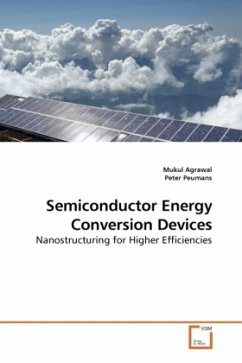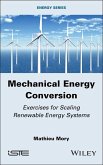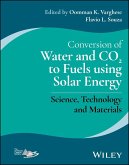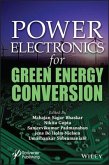Finding ways of cost efficient, environment-friendly and sustainable energy generation as well as energy consumption, is one of our biggest challenges. Solid- state energy conversion technologies such as photovoltaic (PV) cells, (solar or otherwise thermophotovoltaic (TPV) systems, concentrated solar power (CSP) and solid-state lighting (SSL), provides very attractive prospects for sustainable, environmentally clean and grid-competitive energy generation and general purpose lighting on a large scale. Despite many years of research and development, the power conversion efficiencies of these technologies remain far below their theoretical limits. The efficiency of conversion between electrical and photonic energy in optoelectronic devices such as light-emitting diodes, photodetectors and solar cells is strongly affeected by the photonic modes supported by the device structure. In this book, we explore the theoretical conversion efficiencies of these technologies and demonstrate howtuning of the local photon density of states in subwavelength structures can be used to optimize device performance and achieve better efficiency as well as cost.
Bitte wählen Sie Ihr Anliegen aus.
Rechnungen
Retourenschein anfordern
Bestellstatus
Storno








